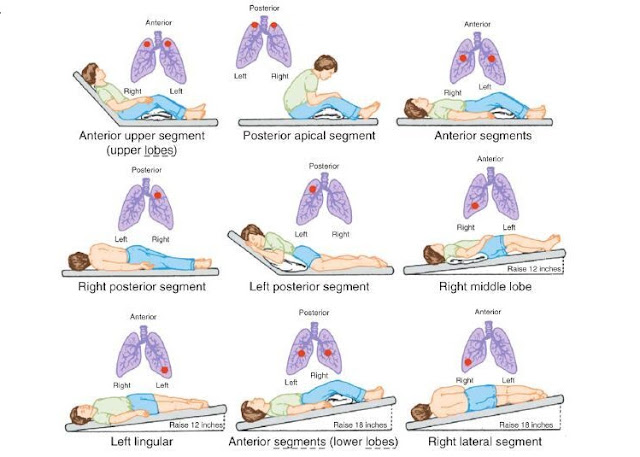Yoga for Rehabilitation
More than 2000 years ago, an Indian sage described yoga as
“preventive, healing art, science, and philosophy” for the purpose of blending
the mind, body, and spirit to achieve optimum health. Yoga
is usually regarded as a practice most associated with healthy individuals.
Some images portray yoga as a mystical, spiritual ritual associated with
meditation and relaxation.
Physical therapists have only recently begun to embrace the
postures and breathing techniques used in this ancient practice. Physical
therapists have advanced education and training in human anatomy, human
physiology, and the movement sciences. They are uniquely qualified to assess
and identify deviations from normal movement and changes in physical
performance which have developed as a result of an illness or injury. The underlying causes of movement dysfunction
are vast and usually involve an interruption of the delicate interaction
between the musculoskeletal, neurological, and cardio-respiratory systems of
the body.
The physical
therapists designs a plan of treatment to restore normal movement and to
promote a return to the individual’s prior level of function. The incorporation
of strength training, flexibility and stretching exercises, balance and
coordination activities, and breathing techniques are mutually addressed by
both the physical therapist and yoga practitioner. Therefore, yoga as a
treatment adjunct in physical therapy has shifted from a practice used to
promote “wellness” to an effective “rehabilitation” tool. The following
examples serve to illustrate the incorporation of “asanas” and “pranayamas” to
treat common physical therapy diagnoses
A group of patients is participating in a pulmonary
rehabilitation program due to complications of COPD (chronic obstructive
lung disease, e.g., emphysema). Emphysema destroys the air sacs in the lungs
which eventually results in a reduction in the amount of oxygen that reaches
the bloodstream. It also destroys the elasticity in the walls of the airways
that feed the air sacs, and air is then trapped in the lungs when a person
attempts to breathe out. Common characteristics of COPD include shortness of
breath with minimal activity and a shallow, inefficient breathing pattern. The
physical therapist instructs the participants in “Breathing Retention” to teach
normal diaphragmatic breathing technique and “Skull Shining Breath” to teach
forced expiration to effectively clear the lungs.
Physical therapists often must adapt traditional
yoga techniques according to the patient’s age, body type, physical status,
and disease process. The high demands of many of the movements and postures may
be divided into parts of the whole activity so the patient can still receive
the benefits at a modified level. Standing postures may be adapted for sitting,
or single leg standing postures may be initially performed with both feet on
the ground.
The addition of yoga practices to the comprehensive list of
treatment options available to the physical therapist provides a creative and
enjoyable approach to the treatment of a wide variety of musculature and neurological
conditions.
Get more Knowledge Regarding Yoga for Rehabilitation by
joining us at “3rd World Physical
Medicine and Rehabilitation Conference” June 18-19, 2020 Dubai, UAE




Comments
Post a Comment